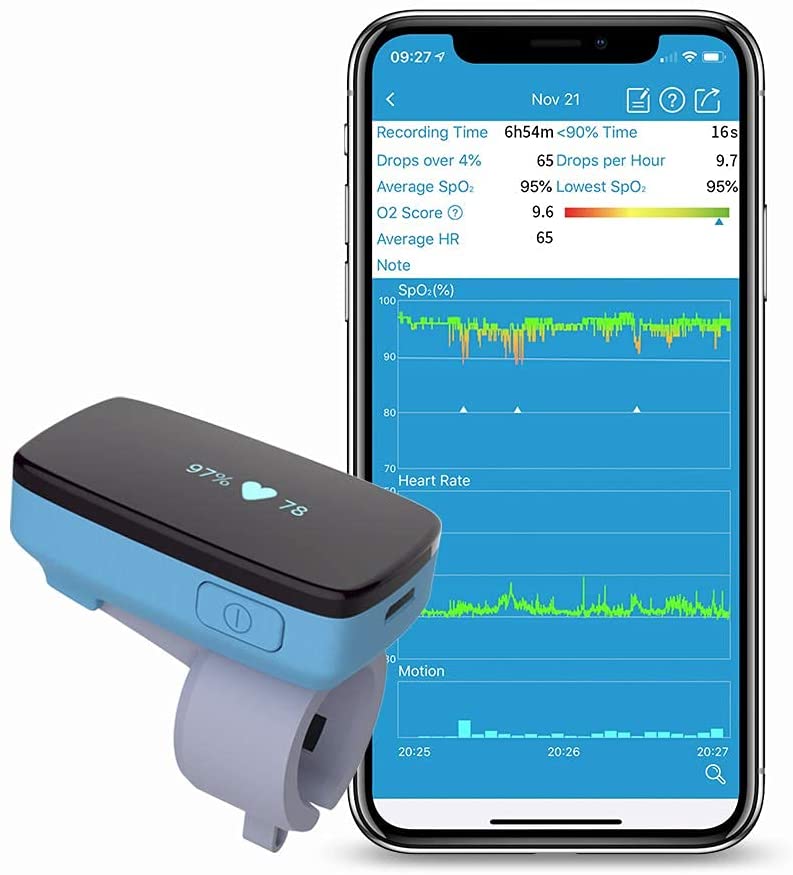

“Hospital-based pulse oximeters are linked to machines that measure blood pressure and temperature,” Kroll says. In a clinical setting, pulse ox probes tend to differ, according to board-certified internal medicine specialist Spencer Kroll, MD, PhD. That said, he notes the most accurate readings usually occur when the pulse ox is clamped to the finger, specifically the middle finger, as opposed to other body parts. Pulse oximeter probes or sensors can be attached to your fingers, nose, ear, toes, and forehead, explains board-certified internist Jaydeep Tripathy, MBA-MPH, PhD. These conditions can affect your blood oxygen levels.īelow, you’ll find a comprehensive guide to pulse oximeters - including what a normal read looks like and tips to choose the best product for your needs. You might find this device helpful if you have certain health conditions, such as asthma, pneumonia, chronic obstructive pulmonary disease (COPD), heart failure, or anemia. Pulse oximeters for use at home aren’t new, but as COVID-19 continues to make health and safety a top priority, more people are searching for ways to manage their health without a trip to a doctor’s office or clinic.Ī pulse oximeter helps check the level of oxygen in your blood. Best pulse oximeter during exercise: iHealth Air Wireless Fingertip Pulse Oximeter.Best pulse oximeter for continuous monitoring: Philips WristOx2 Wrist-Worn Pulse Oximeter.Best forehead sensor for pulse oximeters: Covidien Nellcor SpO2 Forehead Sensor with OxiMax.Best pulse oximeter with alarm: Innovo Deluxe iP900AP Fingertip.Best pulse oximeter for kids: Hopkins Handheld.Best fingertip pulse oximeter: Innovo Premium iP900AP Fingertip.Best ear clip pulse oximeter: Nonin 8000Q2 Reusable Ear Clip Sensor.Best basic or simple pulse oximeter: SantaMedical Generation 2 Fingertip.

#Oxygen sleep monitor pro
Best pulse oximeter for fast results: Oxiline Pulse 7 Pro.


 0 kommentar(er)
0 kommentar(er)
